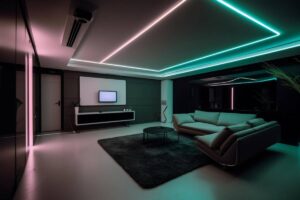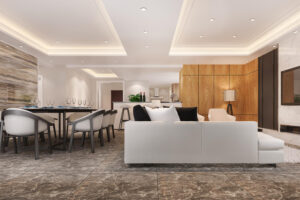The Interior Blog
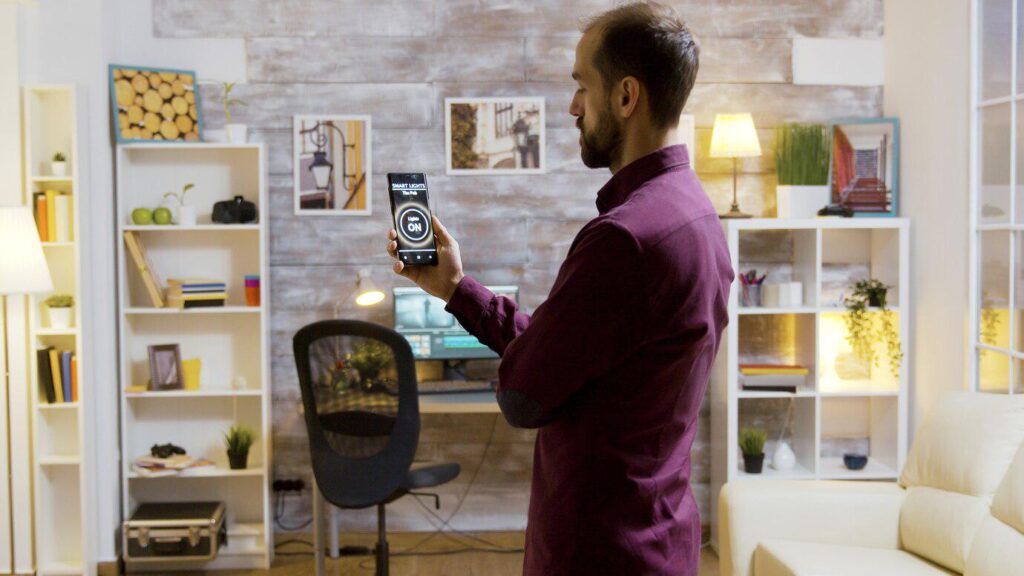
How to Automate Lighting Scenes for Small Homes
Imagine walking into your home after a long day, and as if by magic, the lights dim to a warm, welcoming glow without you lifting a finger. This isn’t science fiction — it’s the reality of smart light automation. By setting up tailored lighting scenes, you can transform your small home into a responsive, mood-perfect space.
In this in-depth guide, we’ll cover how to master lighting scenes setup to create a seamless, smart living experience through thoughtful home automation.
Why Automating Lighting Scenes Matters in Small Homes
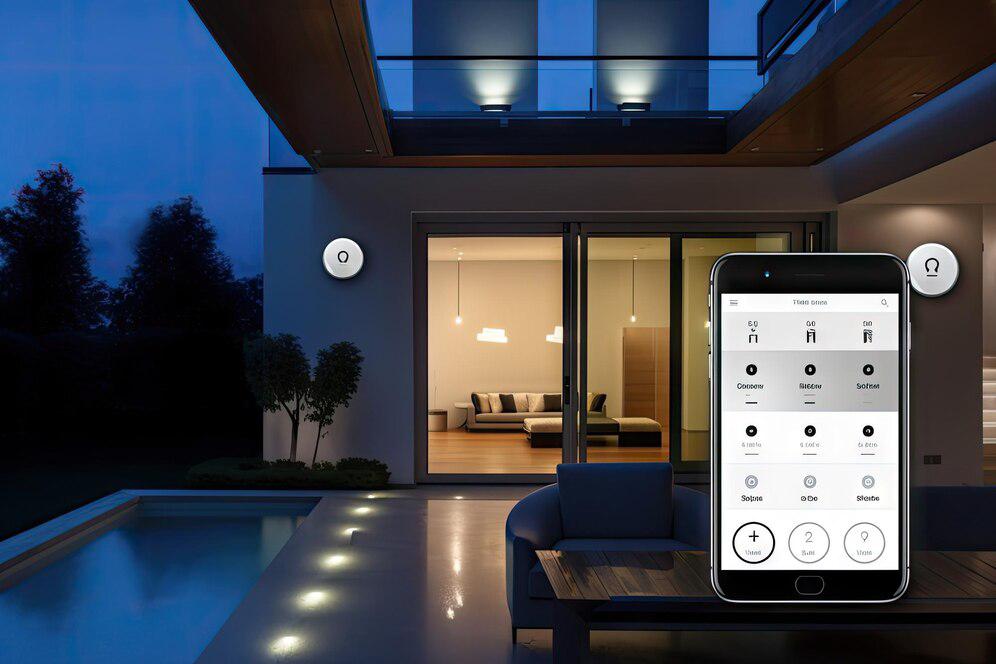
Maximising Space Functionality
Small homes demand clever design. With automated lighting:
- One room can serve multiple purposes (e.g., work, relax, dine)
- Zones become clear without physical dividers
- Every square metre feels thoughtfully curated
Enhancing Mood and Wellbeing
Lighting dramatically affects how we feel. Bright, cool light energises; warm, dim light soothes.
Automated scenes help:
- Support natural circadian rhythms
- Reduce eye strain
- Create stress-relieving environments
Saving Energy and Money
By setting lights to turn off automatically when not needed, you can:
- Reduce electricity bills
- Lower your carbon footprint
- Extend the lifespan of bulbs
Key Elements of Smart Lighting Automation
1. Smart Bulbs and Fixtures
Must-have features:
- Dimmable capability
- Colour temperature control
- RGB colour for added creativity
Popular brands include Philips Hue, LIFX, Govee, and Nanoleaf.
2. Smart Switches and Dimmers
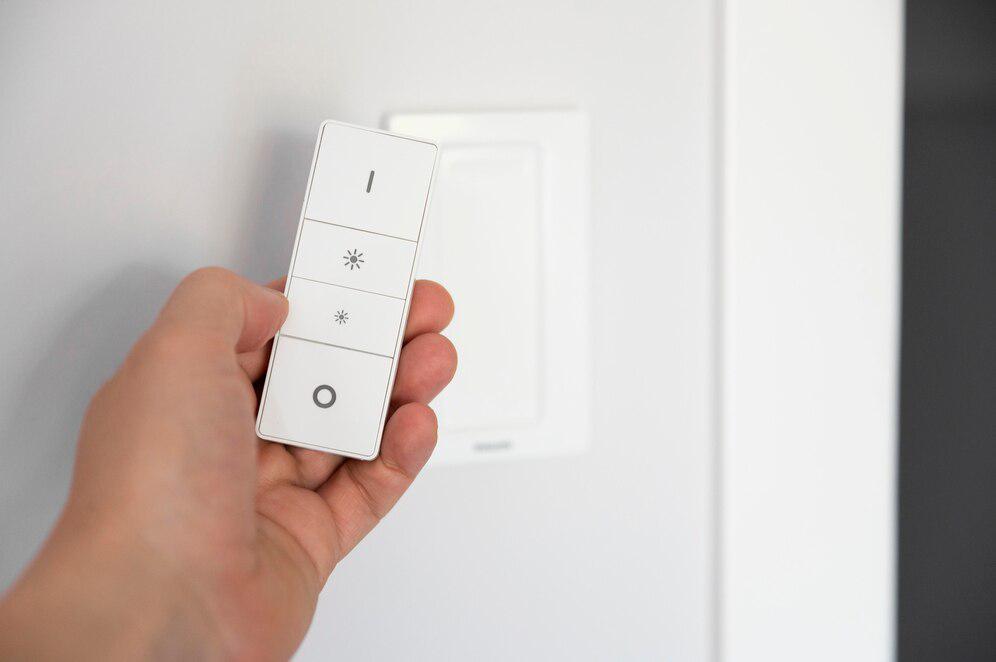
Good for:
- Retrofitting existing lights
- Wall-mounted control without needing a phone
Bonus: Guests can control lights easily!
3. Smart Hubs or Controllers
Depending on your devices, you might need:
- Zigbee or Z-Wave hubs (e.g., SmartThings)
- Wi-Fi-based systems (e.g., Alexa, Google Home)
4. Automation Apps
You’ll control your scenes via:
- Brand-specific apps (Hue, LIFX, Govee)
- Aggregator apps (Google Home, Alexa, SmartThings)
Setting Up Lighting Scenes
Identify Key Activities
List the activities you regularly do at home, such as:
- Morning wake-up
- Working from home
- Cooking dinner
- Watching TV
- Reading
- Hosting guests
Match Lighting Styles to Activities
| Activity | Lighting Mood |
| Morning Routine | Bright, cool light (4000 K- 5000 K) |
| Work Time | Bright neutral white |
| Relaxing Evening | Warm, soft, dimmed light (2700K) |
| Movie Night | Low, ambient coloured lighting |
| Dinner Party | Warm, golden glow |
| Reading Nook | Focused, bright task lighting |
Create Zones
In small homes, open-plan layouts are common. Use lighting to subtly divide your space:
- Living Area: Warm accent lighting
- Workspace: Cool white task lighting
- Dining Area: Soft overhead pendant lights
Programme Scenes
Use your chosen app to:
- Select bulbs for each scene
- Adjust brightness and colour
- Save settings under descriptive names (“Relax”, “Focus”, “Movie Time”)
Pro Tip: Most apps let you assign scenes to specific rooms or zones for even more control.
Step 5: Schedule or Automate
Automation options include:
- Time-based: Lights adjust based on your routine (e.g., “Good Morning” at 7 AM)
- Event-based: Lights change when you start streaming Netflix
- Location-based (Geofencing): Lights turn on as you arrive home
- Sensor-based: Motion detectors activate scenes automatically
Best Lighting Scenes to Set Up for Small Homes
1. Wake-Up Scene
- Gradual brightness increase to mimic sunrise
- Warm-to-cool transition to energise you
2. Work Scene
- Bright, daylight-balanced lighting
- Focused desk or table illumination
3. Cooking Scene
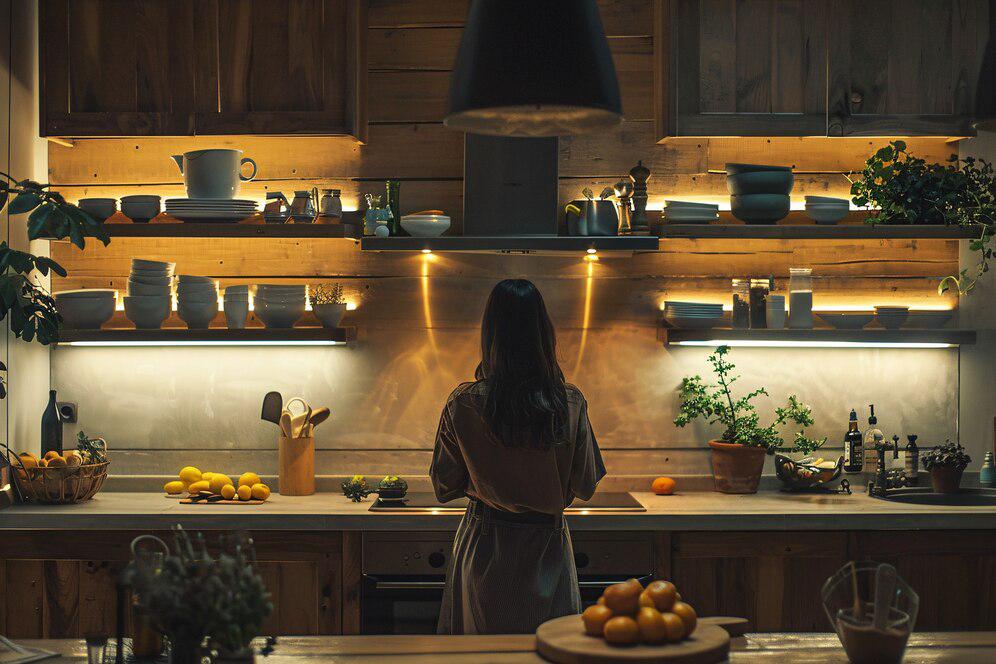
- Crisp task lighting over counters
- Warm accent light elsewhere
4. Relax Scene
- Dimming lights to soft, warm tones
- Optional candlelight or firelight effects
5. Movie Time Scene
- Turn off overhead lights
- Keep soft side lighting in a warm or coloured hue
- Bias lighting behind TVs to reduce eye strain
6. Party Mode Scene
- Colour-changing, dynamic light scenes
- Pulse effects synced with music if possible
7. Night-Time Scene
- Very low, warm lighting
- Ideal for late-night bathroom trips
8. Away Mode
- Randomised lighting to simulate occupancy
Real-World Lighting Scene Inspirations
Tiny Urban Flat in London
Jess uses motion sensors tied to a “Relax” scene. When she enters her living room after work, the lights softly glow amber, ready for her evening wind-down.
Compact Home Office in Manchester
Tom automates a “Work” scene to activate bright task lighting at 8:00 AM sharp, giving his small workspace a productivity boost without him lifting a finger.
Dual-Use Studio in Birmingham
Priya toggles between “Dining” and “Movie Night” scenes effortlessly with her smart assistant. One touch transforms her multi-use living area based on the time of day.
Tools and Accessories to Boost Smart Light Automation
- Smart Sensors: Automate scenes based on presence
- Voice Assistants: Alexa, Google, Siri integration
- Smart Remotes: Quick scene changes without apps
- IFTTT Applets: Connect services for deeper automation
Fun Tip: Some systems allow “sunset syncing”, adjusting indoor lights based on natural daylight outside!
Troubleshooting Common Issues
Scenes Not Triggering Correctly
- Check Wi-Fi stability
- Update apps and firmware
- Confirm device compatibility
Light Colours Look Odd
- Calibrate colour settings
- Use “natural white” baselines
Overcomplicated Setups
- Start simple
- Add complexity once you’re comfortable with basic automations
Privacy Concerns
- Secure your smart network with strong passwords
- Use apps that respect data privacy (especially for geofencing)
Future Trends in Smart Light Automation
AI-Based Adaptation
Apps are learning from user habits to suggest scene changes based on routine without manual programming.
Matter Protocol Standardisation
Seamless interoperability across brands will make setup easier and more stable.
Enhanced Energy Monitoring
More smart systems will track energy usage and suggest lighting adjustments to save money.
Let Your Lights Work for You
Smart lighting isn’t just about switching bulbs on and off — it’s about enhancing every moment you spend at home. With thoughtful smart light automation and tailored lighting scenes setup, even the smallest home can feel like a high-tech sanctuary.
By blending functionality with mood-setting, you create a living space that supports your lifestyle beautifully, efficiently, and seamlessly.
So, are you ready to bring your home to life with smart lighting scenes? Start simple, dream big, and watch your small space shine brighter than ever!
We’d love to hear: What lighting scene are you most excited to create first? Drop your ideas in the comments below!



